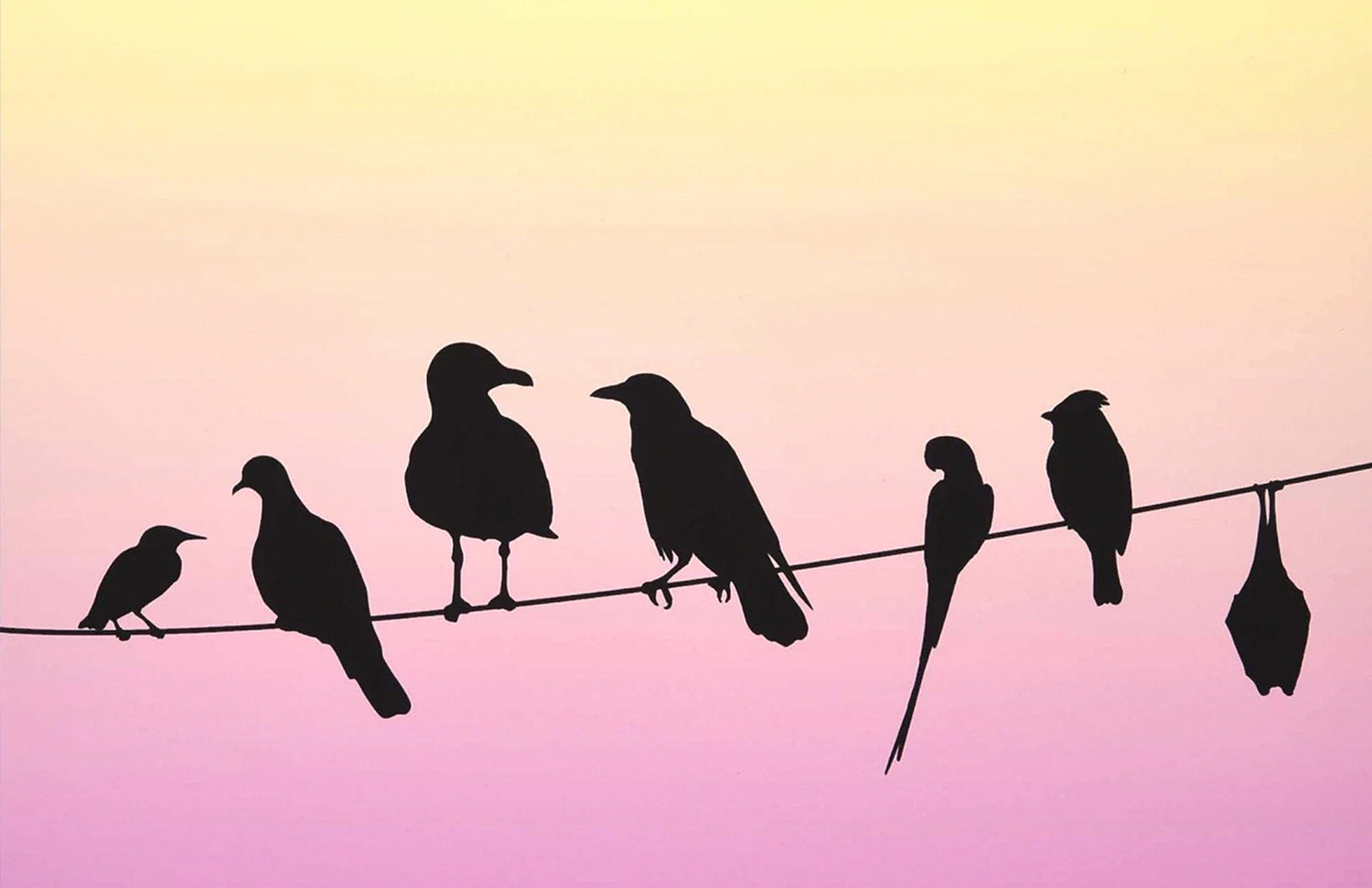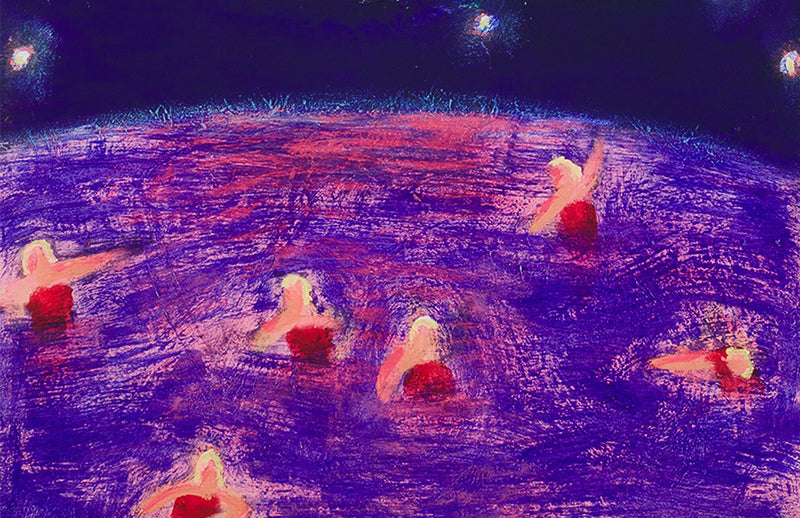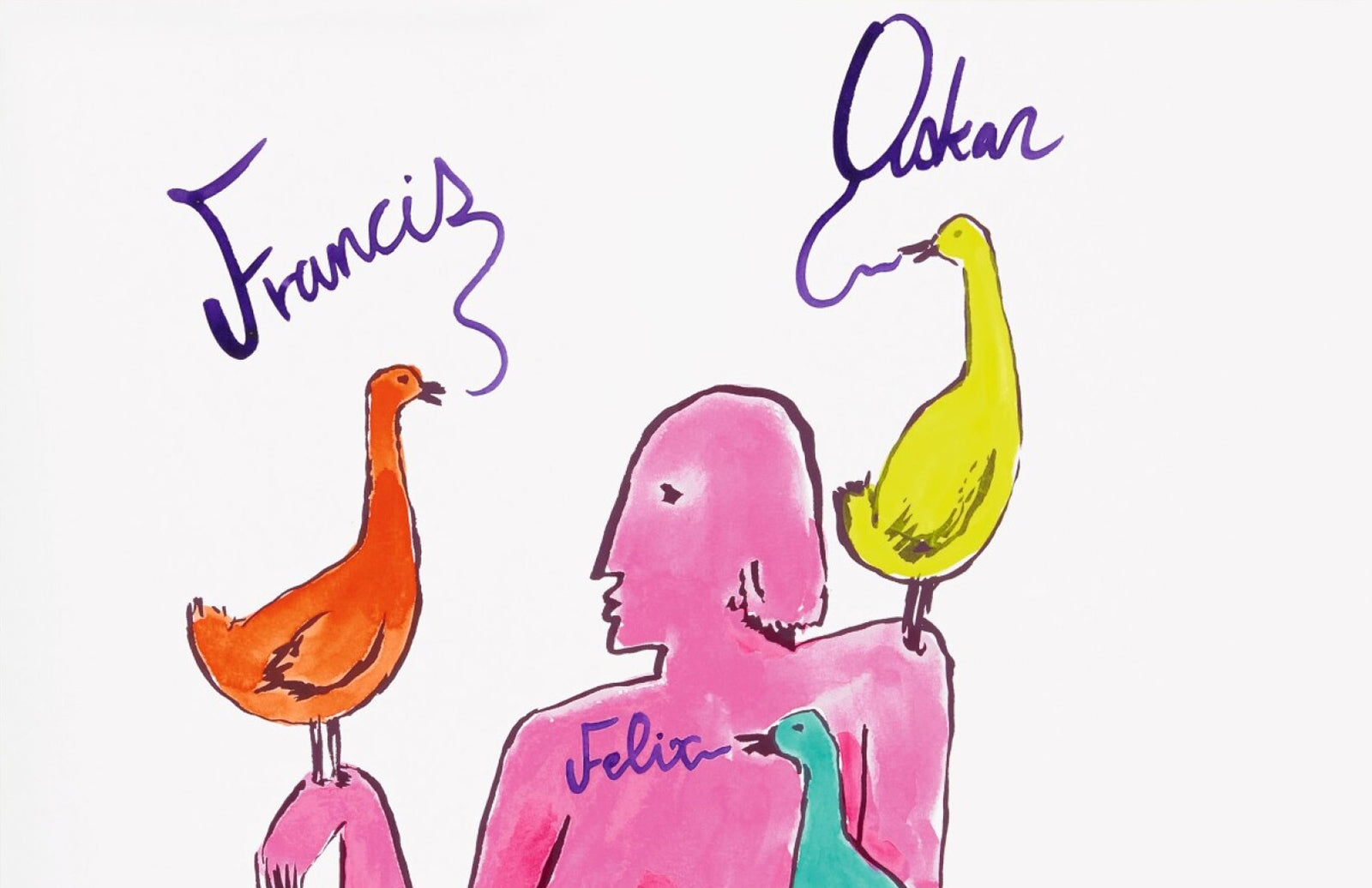Jeremy Deller has built a practice that is about the stories that bind a culture together. Part social historian, part orchestrator of collective action, he has made art out of memory, protest, music, and myth, always with an eye toward the lives and voices usually left off the official record. From re-staging the Battle of Orgreave with hundreds of former miners and reenactors, to sending a life-size inflatable Stonehenge bouncing across Britain, Deller treats art as a public commons where history is questioned and remade.
 Thank God For Immigrants, 2020
Thank God For Immigrants, 2020
Art as Conversation
Deller emerged in the 1990s without the trappings of a studio-based career, preferring collaboration to solitary craft. His projects often unfold as gatherings: brass bands playing acid house, choirs interpreting folk songs of dissent, communities reenacting their own histories. The “work” is not a discrete object but the dialogue it sparks—between past and present, spectacle and participation, the personal and the political.
The Politics of Memory
At the heart of Deller’s practice is a deep belief that culture belongs to everyone. He proclaims that rave flyers, protest banners and amateur historians carry the same weight as museum treasures. His 2001 project The Battle of Orgreave stands as a landmark of socially engaged art: a living archive in which miners, police, and locals collectively re-examined a pivotal clash of the Thatcher era. Rather than fix history, Deller makes it alive and open to dispute.
Joy and Dissent
What distinguishes Deller’s work is its mixture of playfulness and political bite. Whether commissioning a steel band to perform acid house classics or sending a hand-painted car called ‘The History of the World’ across Britain, he shows that protest can be celebratory and that joy can be radical. His art carries a quiet optimism: the belief that gathering people together, even briefly, can shift how we imagine the future.
A Democratic Imagination
Few artists have expanded the definition of art as generously. Deller collapses the distance between artist and audience, turning spectators into participants and participants into historians. He reminds us that culture is not a fixed but a living, contested space. His art is not about mastery; it is about connection.
Conclusion
To enter Jeremy Deller’s world is to step into a shared narrative, where music, memory, and collective action become the medium itself. His projects do not dictate meaning; they invite us to co-author it. Deller shows that the past is not a closed book, that the present is a stage for communal invention, and that the most enduring works of art may be the fleeting moments when strangers come together.







Leave a comment
This site is protected by hCaptcha and the hCaptcha Privacy Policy and Terms of Service apply.